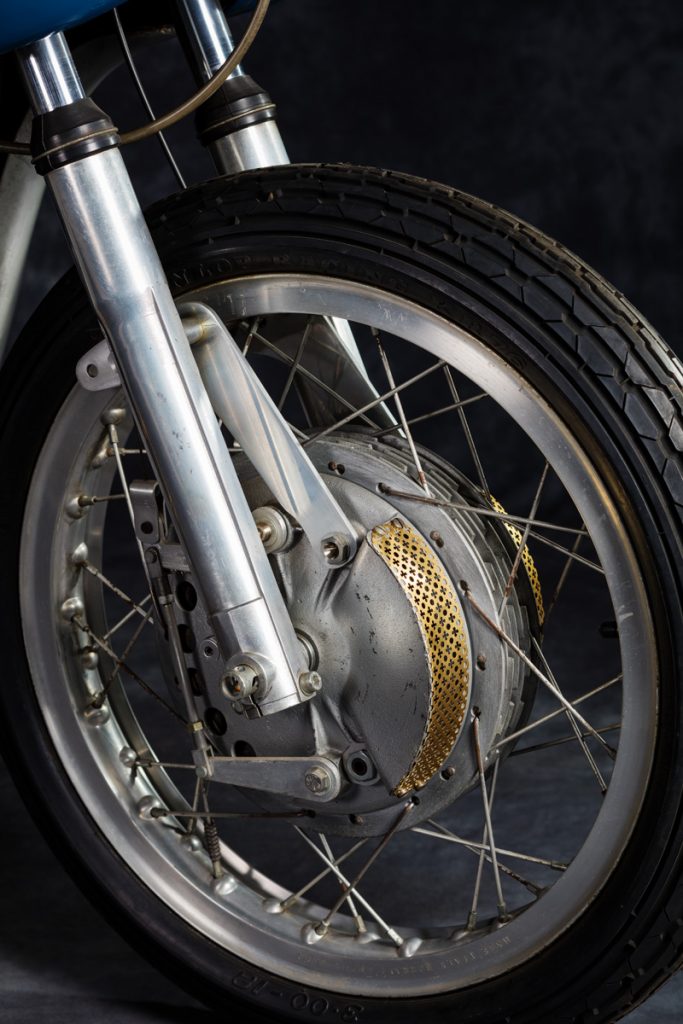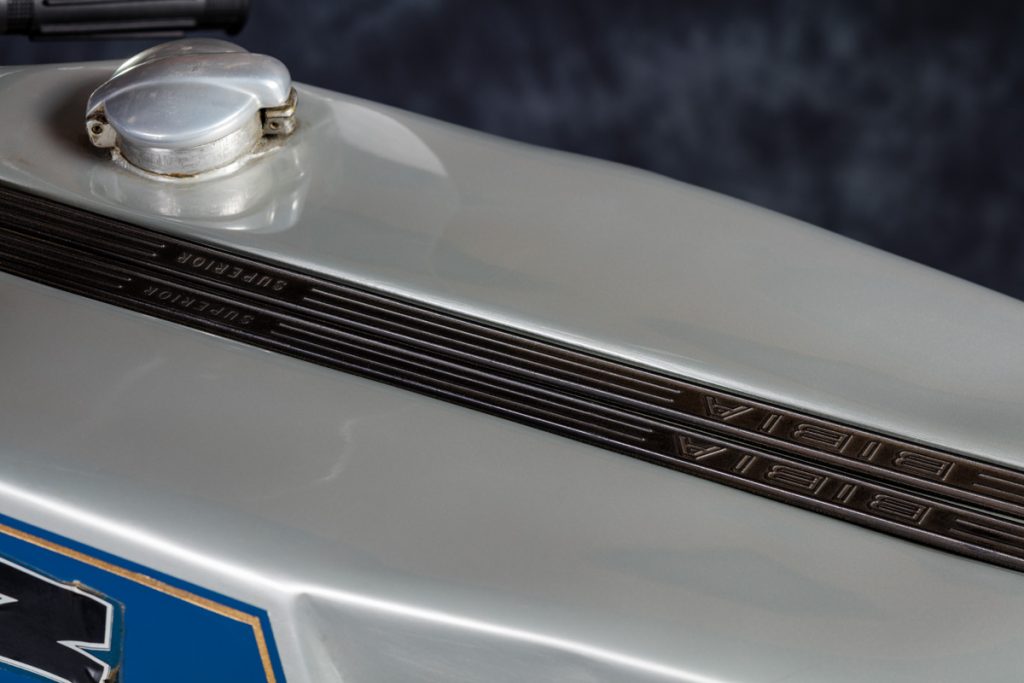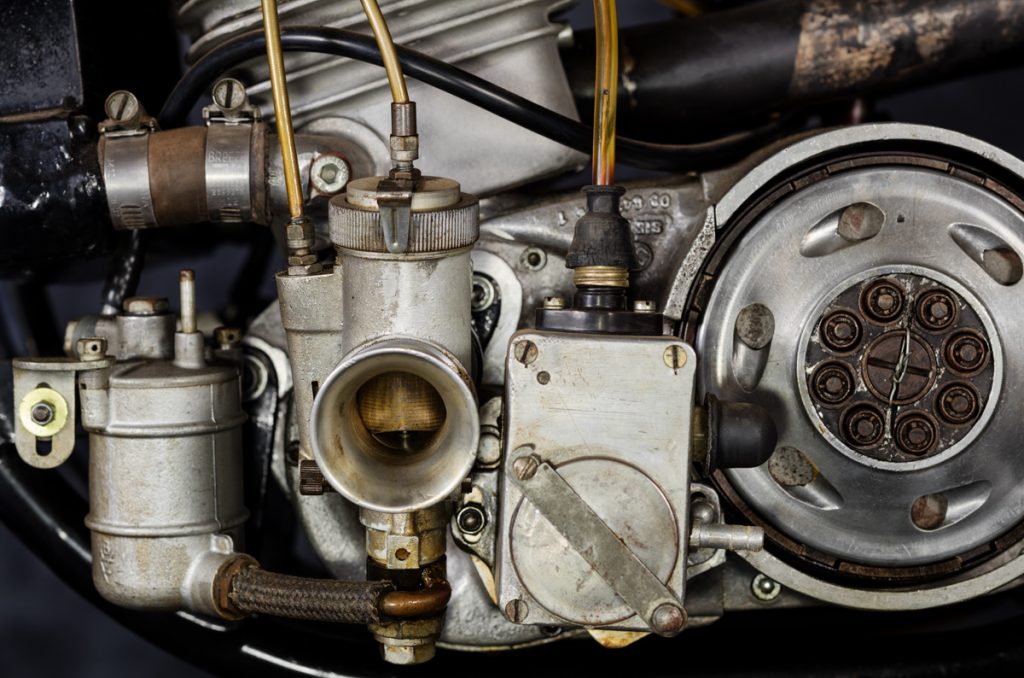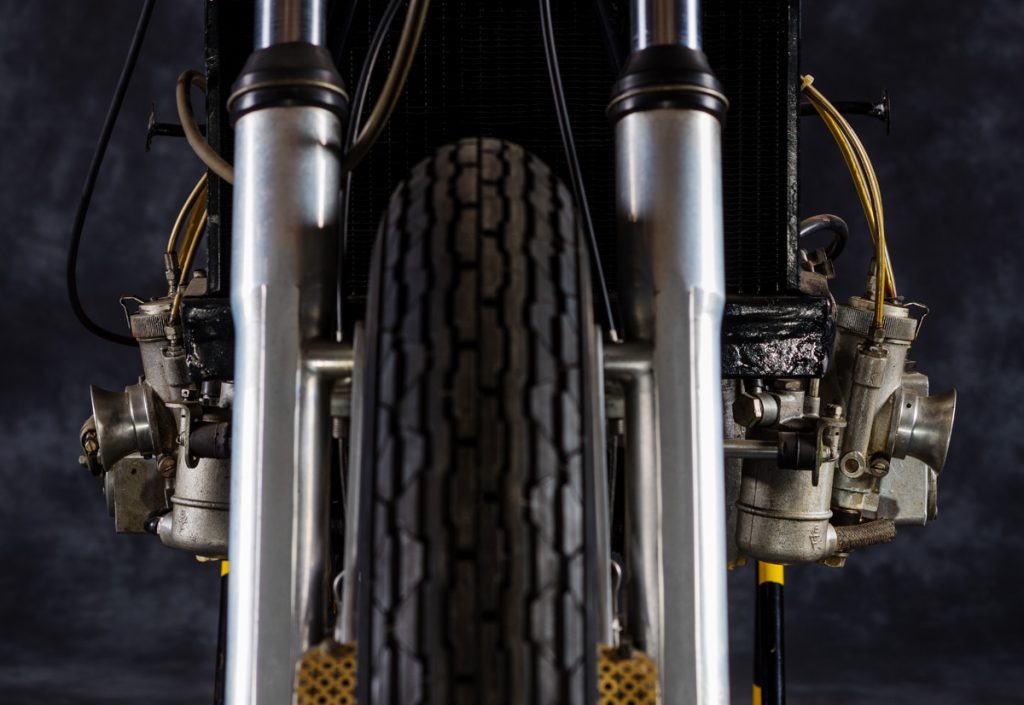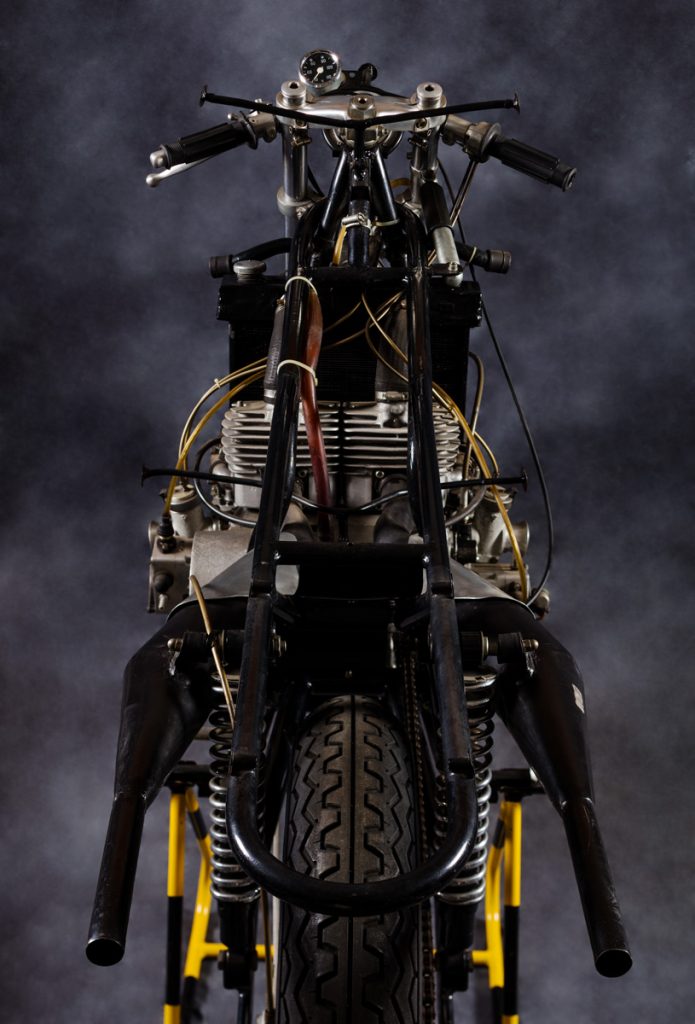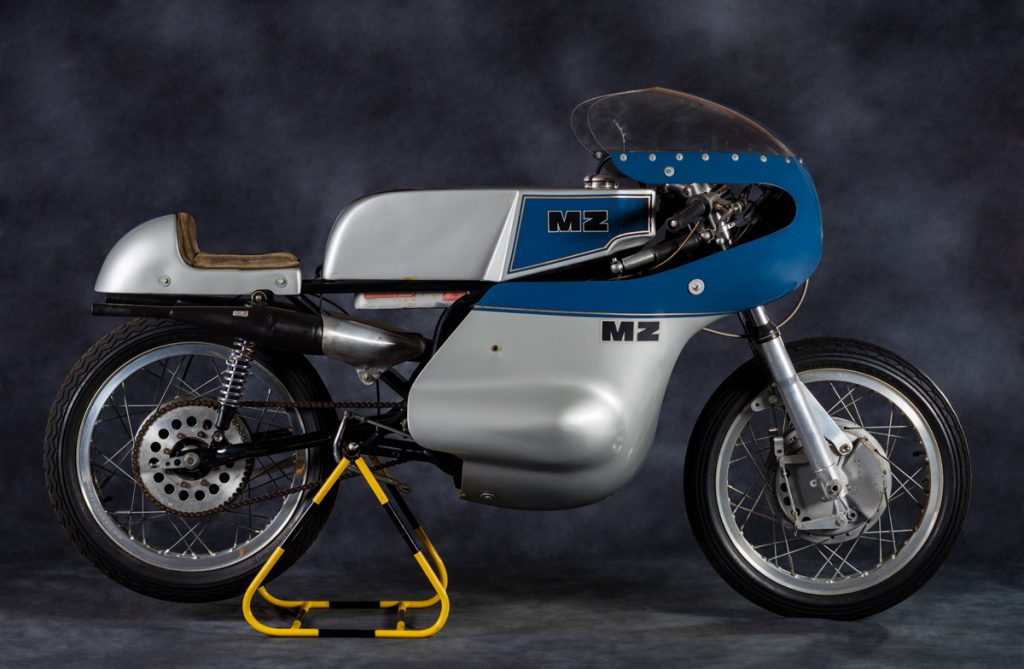1966 MZ RE250 two-stroke racer
With Phil Aynsley
It’s a bit difficult to think that 50 years ago a venerable East German company could be at the forefront of motorcycle design, but such was the case with VEB Motrradwerk Zschopau (better known as MZ) and its two-stroke racers!
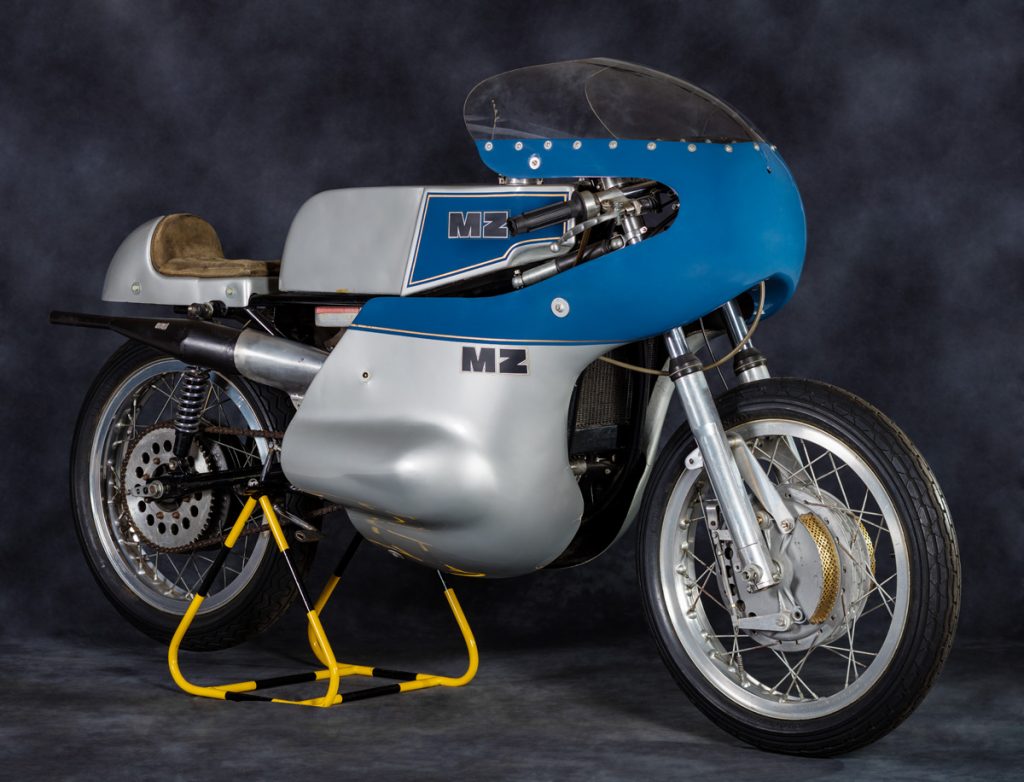
After establishing his company in Zschopau in 1906, Danish engineer Jørgen Rasmussen soon started supplying motors that could be fitted to bicycles.
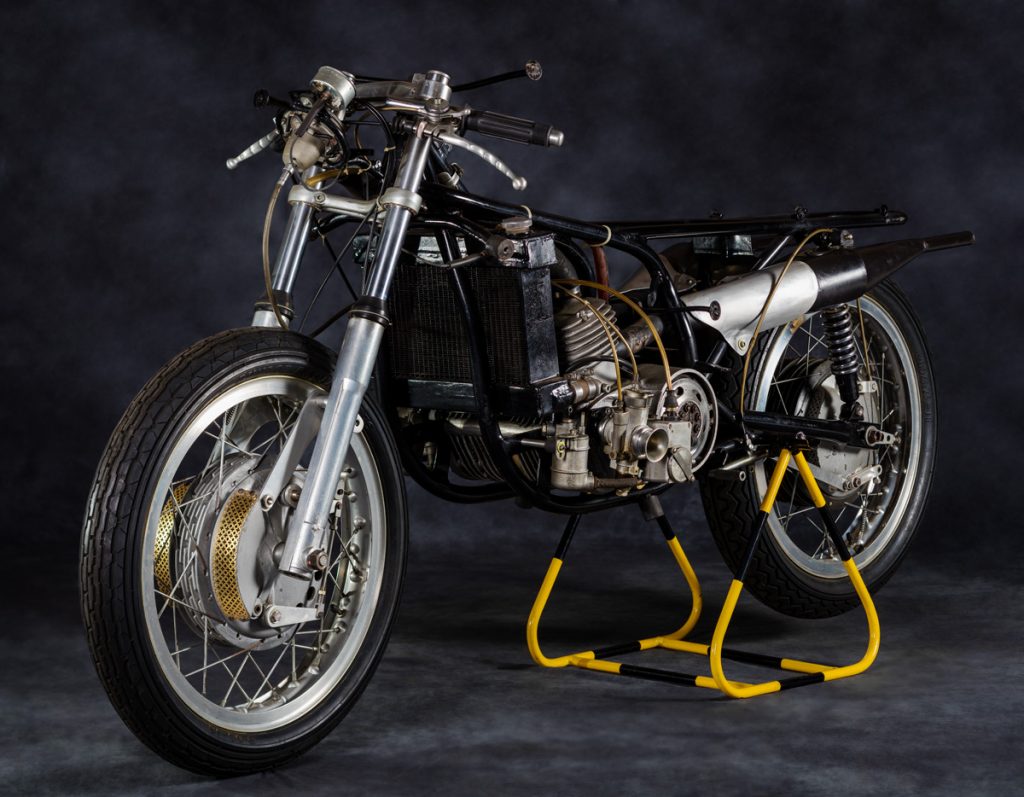
In 1917 he invented a steam-powered car (the DKW) and in 1920 began production of his first 2-stroke motorcycle engines. The company was renamed DKW in 1923 and started racing in 1927.
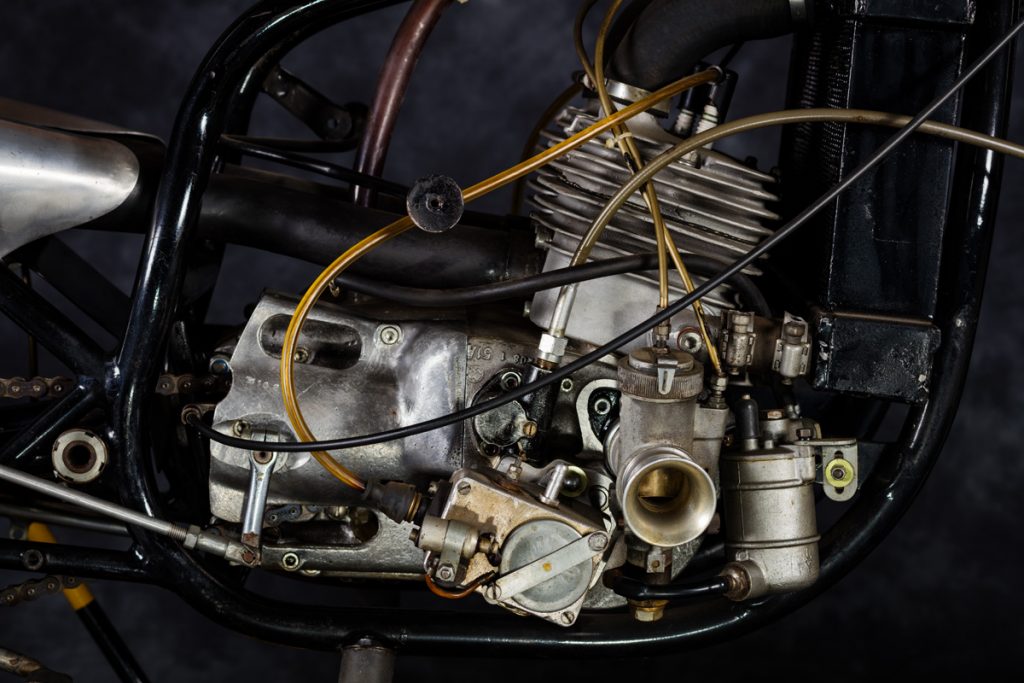
Success was quick to come and by 1929 the company was the world’s largest motorcycle manufacturer. In 1956 the company’s name was once again changed, to VEB Motrradwerk Zschopau.
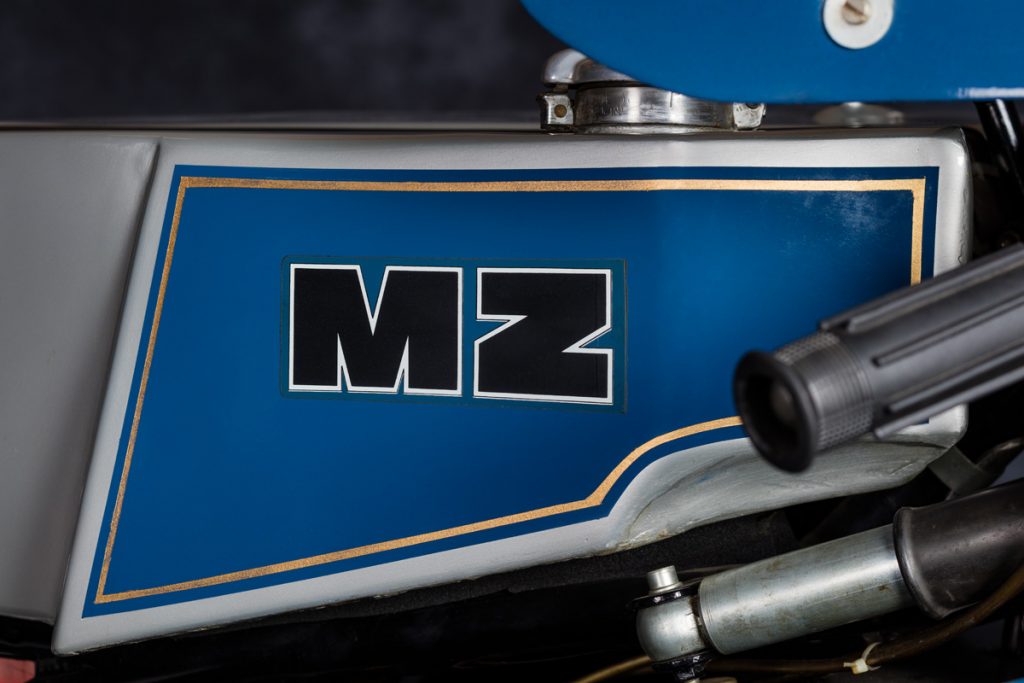
MZ won its first 125 and 250 GPs in 1958, with rider Horst Fügner finishing second overall in the 250 class.
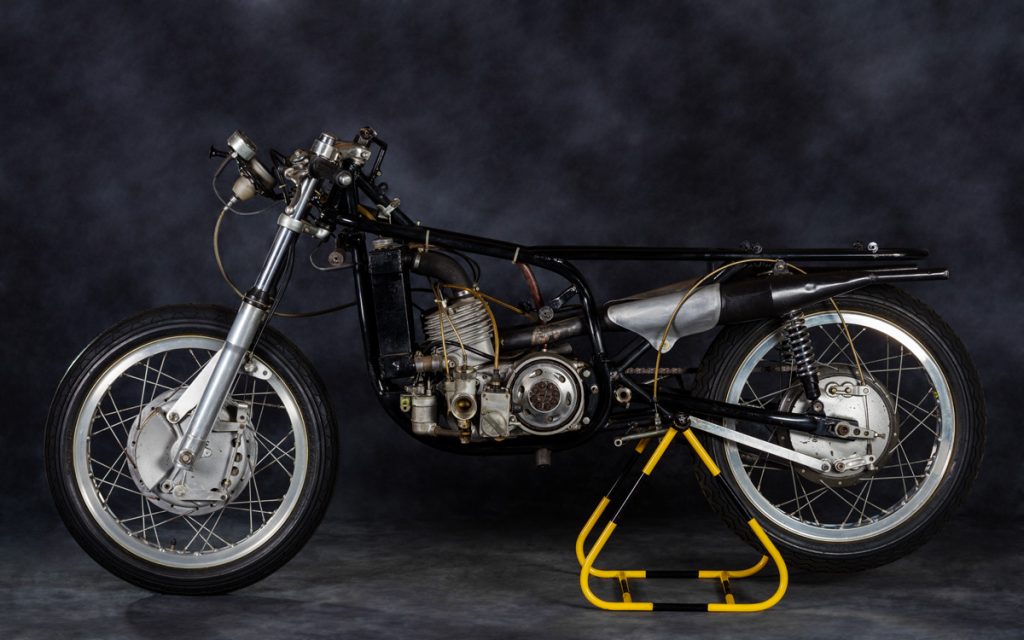
The man behind this result was designer Walter Kaaden who was the first to incorporate three key technologies into a two-stroke motor – the conical expansion chamber exhaust, the disc-valve intake and the boost port. His 125cc design was the first normal aspirated motor to make over 200hp per litre.
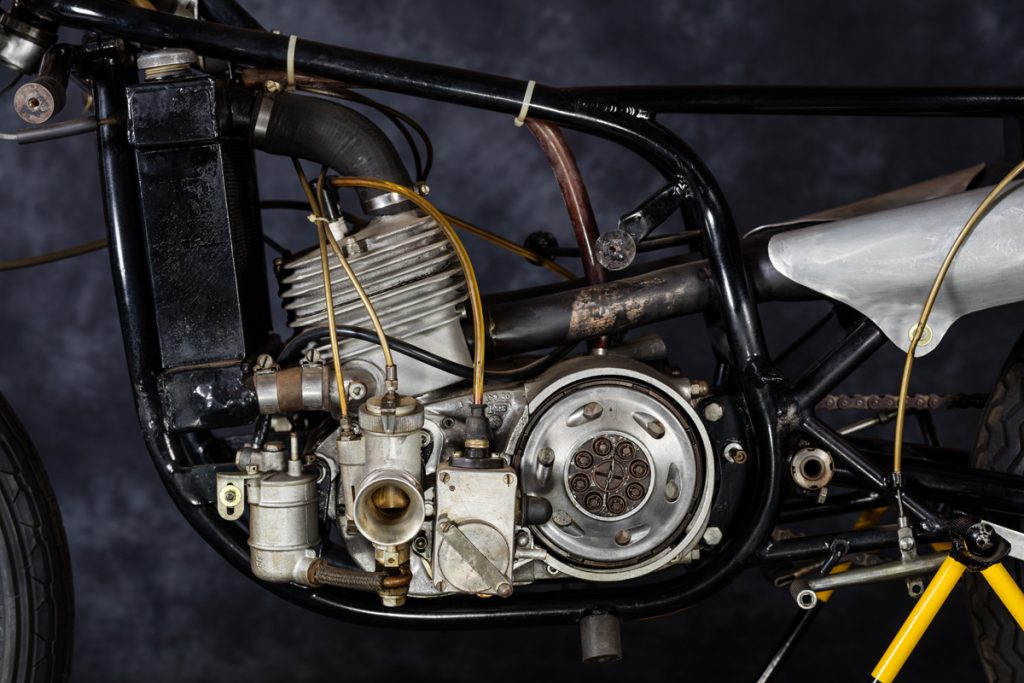
The East German company’s race efforts were always hampered by both the communist regime and underfunding with the result that at the end of the Swedish GP, the final race of the 1961 season, star rider Ernst Degner defected (with a suitcase of race parts and drawings).
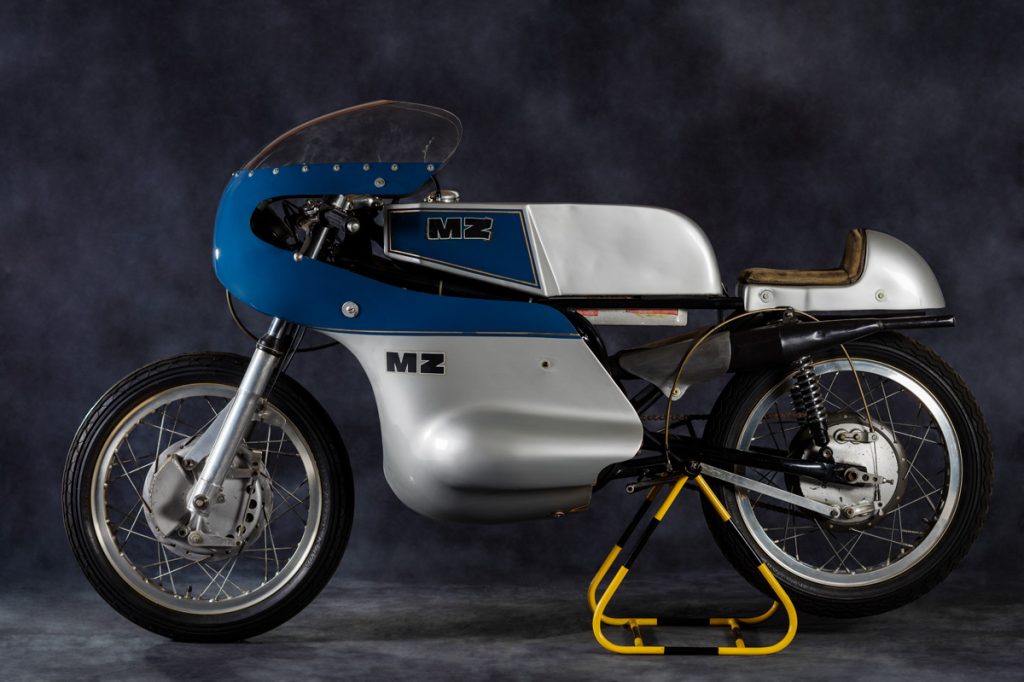
The plan had been hatched earlier in the year with Suzuki, who’s racing efforts up until that stage had been rather unsuccessful. Kaaden’s work was disseminated to the rest of the world and the rise of the two-stroke, especially in competition, was the result.
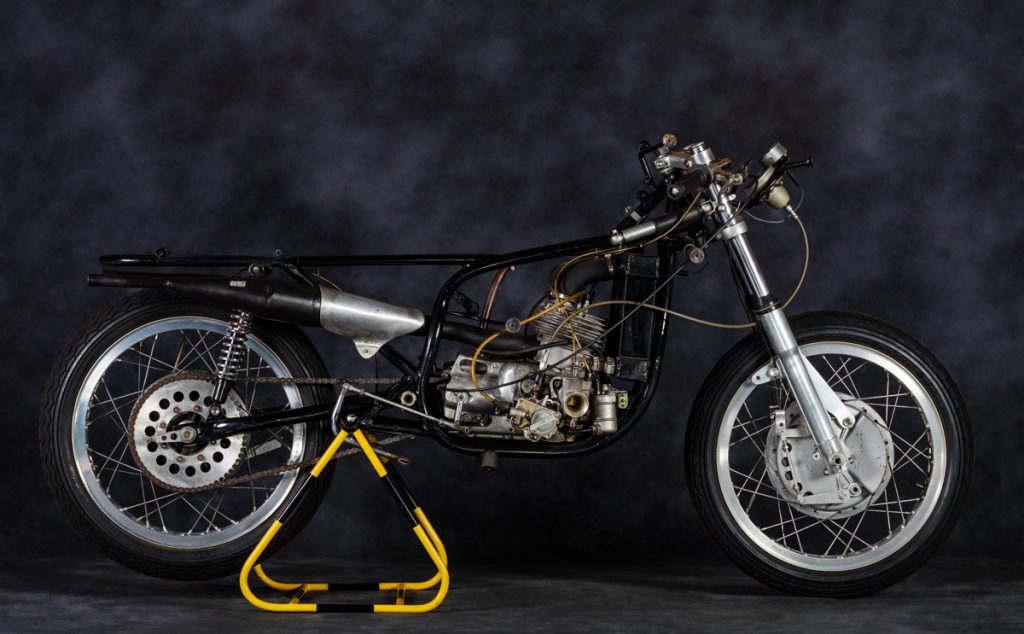
MZ continued on after this setback however with a variety of designs, this 1966 RE250 being one. Riders Derek Woodman and Heinz Rosner finish fourth and sixth that year.
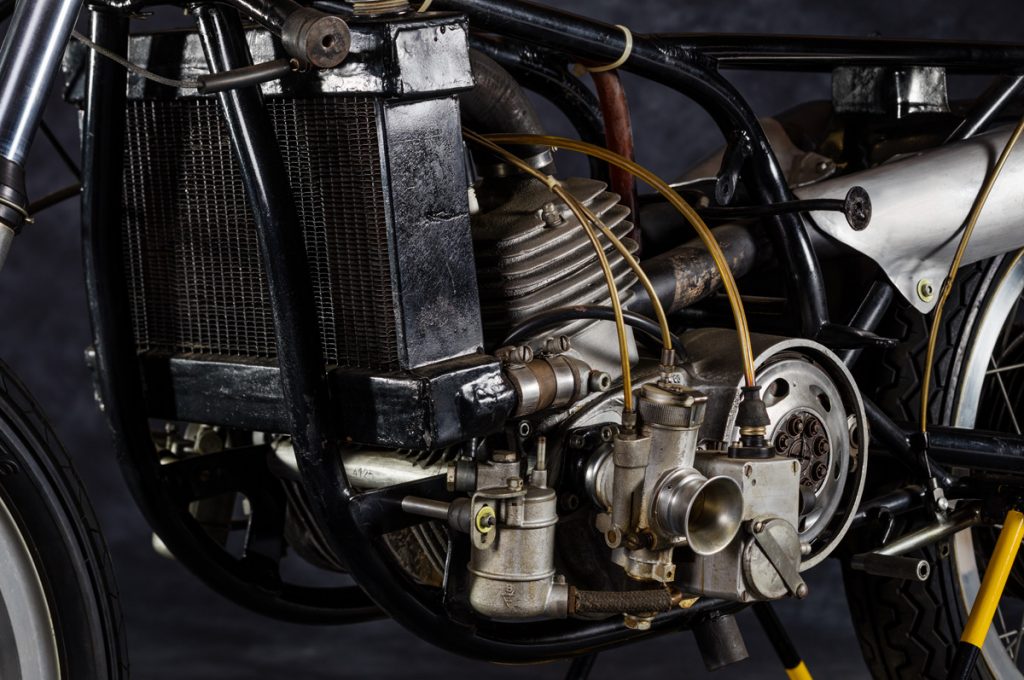
Dieter Braun used this bike in 1969-70, finishing the season in 10th. The RE250 made 50hp (the 125 30hp) which had been increased to 58hp by 1970.
